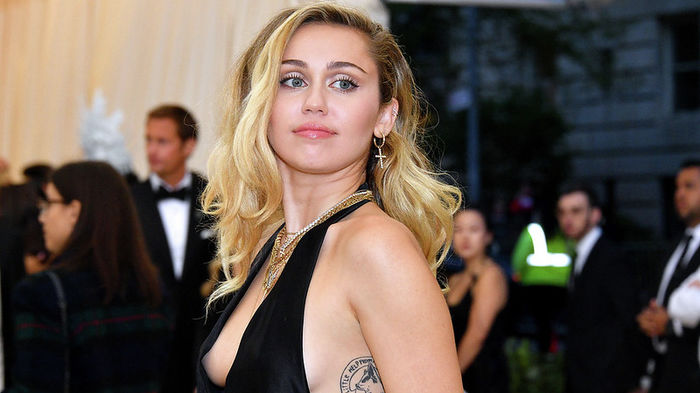The cult of Taylor Swift (and why we keep worshipping at her altar)
How has Taylor Swift managed to stay relevant an industry that likes to abandon female artists once they turn 30?

On Wednesday 19 July, I was pretty miffed at one Miss Taylor Swift. Having spent the day in virtual waiting rooms, desperately trying to purchase tickets for the Eras Tour, I lost the Great War (iykyk). Vengeful, I unfollowed Swift on all platforms (a biting insult felt among her remaining 271 million Instagram followers), choosing to spend the little I had left of my day grieving the only way I knew how: rewatching Netflix’s Miss Americana back-to-back with the Reputation Stadium Tour. And it got me thinking. I mean, she’s done all right, that Taylor Swift.
“I mean, she’s done all right, that Taylor Swift”
In a career spanning 18 years, she has written 10 albums, won 12 Grammys and even survived being cancelled back in 2016 (#TaylorSwiftIsOverParty). The Eras Tour’s immense cultural, economic, and even political influence is seemingly boundless, with public transit services receiving a vital post-Covid “Swift Surge” thanks to “Swifties” (fans of Swift) using whatever means necessary to get to her concerts and world leaders like Chile’s Gabriel Boric and Canada’s Justin Trudeau openly requesting Swift’s presence in their countries. So, what’s it all about, Swifties? How has Taylor Swift, a country singer from West Reading, Pennsylvania managed not only to be deemed “the music industry” by Barbra Walters, but to stay relevant in an industry that seeks to pigeonhole female artists, abandoning them once they hit 30?
The greatest reason for Swift’s longevity has to be her utter defiance of self-compartmentalisation by exploring diverse musical genres throughout her career. Although Swift’s debut albums, the eponymous Taylor Swift and Fearless, indicate her beginnings as a country music star, by her third album – the independently written Speak Now – Swift was incorporating pop-rock and power-pop into her music.
Swift proves her capacity for stylistic evolution through the list of genres she has tackled in each of her albums, which has only grown in conjunction with her fanbase. Her engagement with differing genres also demonstrates Swift’s cultural influence since, as well as reflecting popular culture at the time of their release, Swift’s albums can sometimes influence cultural developments thanks to the genres she incorporates.
“Swift’s albums can sometimes influence cultural developments”
For example, although country ballads as a manner of short-form storytelling were a tried, tested and celebrated style, they were traditionally associated with masculinity, older generations and traditionalism. Moreover, they were primarily popular in English-speaking countries. With the earnest lyricism of her debut albums, the then-teen Swift managed to revitalise the genre, instituting the presence of women, specifically young women, in a style traditionally dominated by men. She can also be credited for the worldwide introduction of country music to a younger generation by becoming the youngest person to win Album of the Year with Fearless at the 2010 Grammy Awards.
Swift’s ability to echo the current social climate in her music is evident from the way folklore’s indie-folk style reflected the world’s stagnation and people’s return to nature during the pandemic as well as how the dark, electro-pop themes of reputation were indicative, not just of a time of personal redemption for Swift, but also of a period in a budding #MeToo society when taking back the narrative and shameless self-defence were becoming celebrated ideas.
This stylistic evolution was a seemingly organic development, reflecting not only an artist’s desire to explore different styles, but the transformations of a changing and ageing person across nearly two decades. Through such visible stylistic changes and transparent yet profound lyricism, Swift curates a recognisable persona which, despite her otherwise intensely private public image, creates a surprisingly tangible relatability for her listeners. Consequently, even Swift’s less sonically cohesive albums, Red and Midnights, found critical and commercial success because they reflect the more turbulent yet still highly formative stages of Swift’s life.
The question of Swift’s continued ascent into stardom is naturally a huge one, with multiple university programs now offering courses studying the “evolution of a creative music entrepreneur” as well as her powerful cultural impact. Undoubtedly, her exploration of diverse genres and her lyrical talents have made her a dependable, lasting and possibly permanent voice in music and popular culture. However, it is worth mentioning that Swift’s fiercely protective fanbase has bolstered her for almost 18 years. Surely, the least Swift can do is switch things up and make each album as exciting as possible for them, right? (And guarantee them tickets to the Eras Tour.)
 Comment / Cambridge is right to scrap its state school target1 May 2024
Comment / Cambridge is right to scrap its state school target1 May 2024 News / Academics call for Cambridge to drop investigation into ‘race realist’ fellow2 May 2024
News / Academics call for Cambridge to drop investigation into ‘race realist’ fellow2 May 2024 Sport / The diary of a Bumps rower24 April 2024
Sport / The diary of a Bumps rower24 April 2024 Features / Will May Balls ever be sustainable?30 April 2024
Features / Will May Balls ever be sustainable?30 April 2024 News / Emmanuel College cuts ties with ‘race-realist’ fellow19 April 2024
News / Emmanuel College cuts ties with ‘race-realist’ fellow19 April 2024





